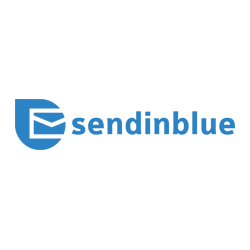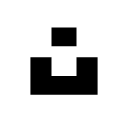I Built My Marketing Agency From Scratch To $13K/Month
Hello! Who are you and what business did you start?
Hi! My name is Sophia O’Neal. I am the CEO and Chief Brand Builder at Ignore No More, a marketing agency that specializes in building un-ignorable brands for SaaS companies.
We do customer interviews, branding and positioning, messaging, website design and development in Webflow, as well as marketing strategy and monthly execution. In other words, we do everything a head of marketing and supporting cast would, but on a productized monthly basis, with violently clear deliverables and deadlines.
Most of our clients own a bootstrapped SaaS company and want to get a hold on their marketing or take things up a notch - without going the full hiring route or getting a marketing co-founder
Today we work with between 2-5 clients/mo from around the world and bring in about $13K-$21K/month.

Download the report and join our email newsletter packed with business ideas and money-making opportunities, backed by real-life case studies.

Download the report and join our email newsletter packed with business ideas and money-making opportunities, backed by real-life case studies.

Download the report and join our email newsletter packed with business ideas and money-making opportunities, backed by real-life case studies.

Download the report and join our email newsletter packed with business ideas and money-making opportunities, backed by real-life case studies.

Download the report and join our email newsletter packed with business ideas and money-making opportunities, backed by real-life case studies.

Download the report and join our email newsletter packed with business ideas and money-making opportunities, backed by real-life case studies.

Download the report and join our email newsletter packed with business ideas and money-making opportunities, backed by real-life case studies.

Download the report and join our email newsletter packed with business ideas and money-making opportunities, backed by real-life case studies.































